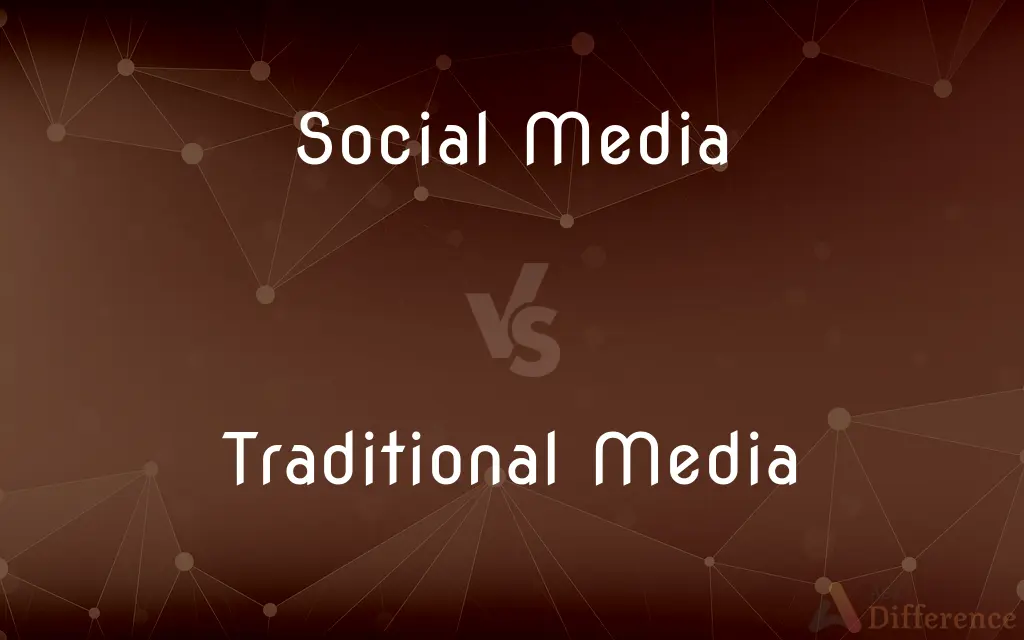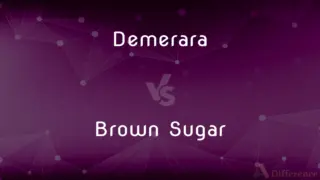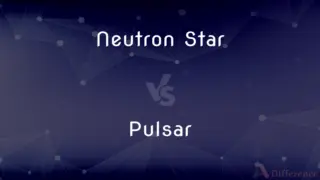Social Media vs. Traditional Media — What's the Difference?
By Tayyaba Rehman — Published on November 20, 2023
Social Media is digital platforms for interaction and content sharing, while Traditional Media includes newspapers, television, and radio.

Difference Between Social Media and Traditional Media
Table of Contents
ADVERTISEMENT
Key Differences
Social Media is a collection of online platforms and tools that allow users to interact, share, and create content. These platforms often operate in real-time, allowing immediate feedback and interaction. Traditional Media, in contrast, encompasses older forms of communication like newspapers, radio broadcasts, and television shows. These media outlets typically have longer production times and are primarily one-way in terms of communication.
One defining characteristic of Social Media is its accessibility. Anyone with internet access can create a social media account and start sharing content or opinions. This democratization of content creation contrasts with Traditional Media, where content is produced by specific organizations or individuals, and then disseminated to the masses.
In terms of reach, Social Media can have both a global and targeted scope, depending on user settings and platform algorithms. Users can connect with people from different parts of the world or focus on a specific audience. Traditional Media, on the other hand, often has a predetermined reach, such as a national television broadcast or a local newspaper circulation.
Engagement is another distinguishing factor. Social Media encourages direct interaction between content creators and their audience, fostering conversations and community building. Traditional Media, while it does offer some forms of engagement through letters to the editor or call-in radio shows, is generally more passive, with audiences consuming content without the same level of direct interaction.
Lastly, the speed at which information is disseminated differs between the two. Social Media can spread news or trends in a matter of minutes due to its real-time nature. Traditional Media, with its inherent production times, cannot match this immediacy.
ADVERTISEMENT
Comparison Chart
Platforms
Online (websites/apps)
Print, Broadcast (TV/Radio)
Accessibility
Available to anyone with internet
Produced by specific entities
Reach
Global and targeted
Predetermined, often regional or national
Engagement
High, interactive
Generally more passive
Speed of Dissemination
Real-time
Longer production and distribution times
Compare with Definitions
Social Media
Social Media democratizes content creation.
With Social Media, anyone can become a storyteller.
Traditional Media
Traditional Media has a specific production entity.
The newspaper is a respected form of Traditional Media.
Social Media
Social Media fosters global connections.
Through Social Media, I made friends from different continents.
Traditional Media
Traditional Media has a longer content production time.
Breaking stories take longer to appear in Traditional Media.
Social Media
Social Media operates in real-time.
News about the concert spread rapidly on Social Media.
Traditional Media
Traditional Media includes newspapers, TV, and radio.
She saw the advertisement in Traditional Media outlets.
Social Media
Social Media facilitates user-generated content.
She became famous by sharing her art on Social Media.
Traditional Media
Traditional Media is primarily one-way communication.
Viewers watched the presidential address on Traditional Media.
Social Media
Social Media is an online platform for interaction.
I connected with my college friends through Social Media.
Traditional Media
Traditional Media often has a scheduled broadcast or print time.
The show airs at 7 PM on Traditional Media channels.
Common Curiosities
What constitutes Traditional Media?
Traditional Media encompasses newspapers, television, radio, and magazines.
How does the reach of Traditional Media compare to Social Media?
Traditional Media has a predetermined reach, while Social Media can be global or targeted.
What is the main advantage of Traditional Media?
Traditional Media offers credibility, structured content, and often a larger, established audience.
Can Social Media be used for marketing?
Yes, Social Media is a popular tool for targeted marketing and advertising campaigns.
Which is more cost-effective for advertising, Social Media or Traditional Media?
Social Media can be more cost-effective, especially for targeted campaigns, but it depends on the audience and goals.
How do companies monitor their reputation on Social Media?
Many use specialized tools or services to track mentions, feedback, and sentiment on Social Media platforms.
Can anyone create content on Social Media?
Yes, Social Media democratizes content creation, allowing anyone to share and interact.
Is Traditional Media becoming obsolete?
While evolving, Traditional Media still holds value and relevance, especially for certain demographics and content types.
What is Social Media?
Social Media is a digital platform allowing users to interact, share, and create content.
How quickly can news spread on Social Media?
News can spread on Social Media in real-time, often within minutes.
Is engagement higher in Social Media or Traditional Media?
Social Media generally offers higher engagement, allowing direct interaction between creators and audience.
How important is branding in Traditional Media?
Branding is crucial in Traditional Media, helping entities establish a recognizable identity and trust with audiences.
Can Traditional Media entities also have a presence on Social Media?
Absolutely, many Traditional Media entities utilize Social Media to extend their reach and engage with newer audiences.
How has Social Media changed news consumption?
Social Media has made news consumption more immediate, interactive, and diversified.
Which is more susceptible to fake news, Social Media or Traditional Media?
While both can spread misinformation, Social Media's rapid dissemination can amplify fake news faster.
Share Your Discovery

Previous Comparison
Demerara vs. Brown Sugar
Next Comparison
Neutron Star vs. PulsarAuthor Spotlight
Written by
Tayyaba RehmanTayyaba Rehman is a distinguished writer, currently serving as a primary contributor to askdifference.com. As a researcher in semantics and etymology, Tayyaba's passion for the complexity of languages and their distinctions has found a perfect home on the platform. Tayyaba delves into the intricacies of language, distinguishing between commonly confused words and phrases, thereby providing clarity for readers worldwide.













































